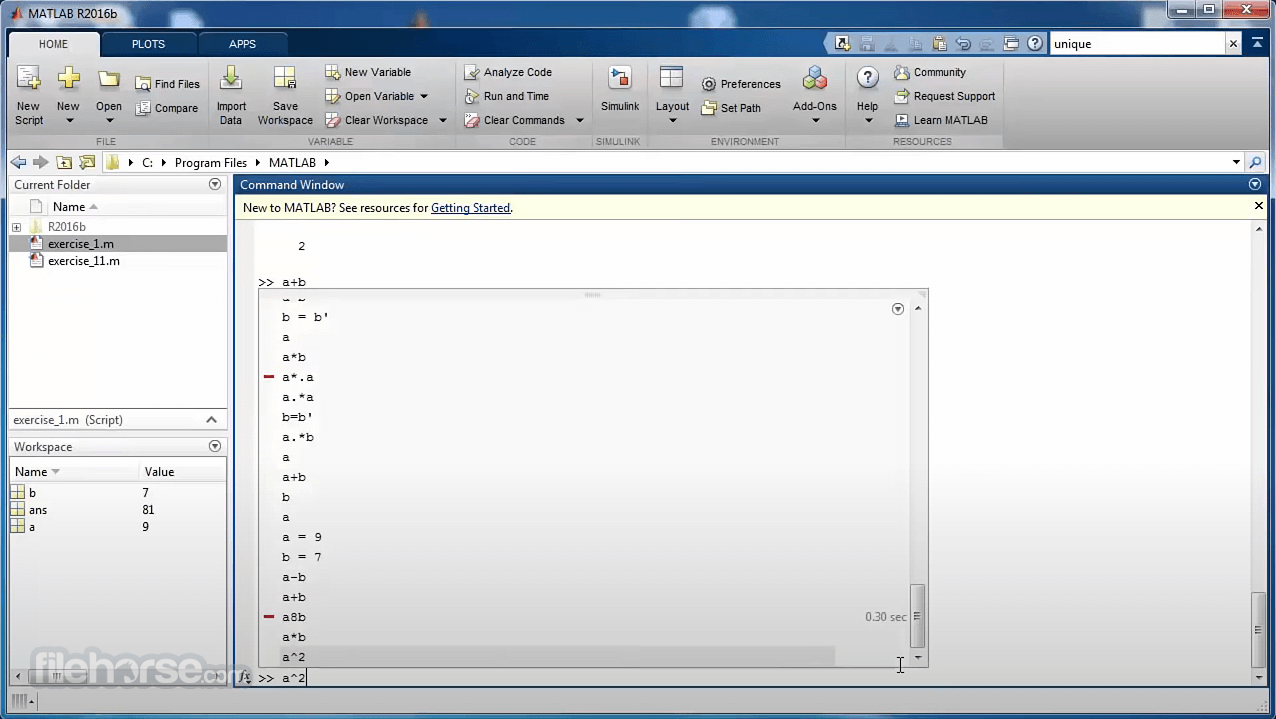There are 6 steps to complete in order setup Hadoop (HDFS) Validate if java is installed. Setup environment variables in.profile file. Setup configuration files for local Hadoop. Setup password less ssh to localhost. Initialize Hadoop cluster. In this tutorial, we will take you through step by step process to install Apache Hadoop on a Linux box (Ubuntu). This is 2 part process. Part 1) Download and Install Hadoop. Apache HBase is a free and open-source, distributed and scalable Hadoop database. Whenever you need random and real-time access to your Big Data, you can use the Apache HBase. Moreover, Apache HBase aims to make it possible to host large tables (with billions of rows) atop clusters of commodity hardware.
This article provides step-by-step guidance to install Hadoop 3.3.0 on macOS. Hadoop 3.3.0 was released on July 14 2020. It is the first release of Apache Hadoop 3.3 line. There are significant changes compared with Hadoop 3.2.0, such as Java 11 runtime support, protobuf upgrade to 3.7.1, scheduling of opportunistic containers, non-volatile SCM support in HDFS cache directives, etc.
Install Java JDK
Follow page Install JDK 11 on macOS to setup JDK SE 11 on your macOS.
Download Hadoop binary
Go to release page of Hadoop website to find a download URL for Hadoop 3.3.0:
For me, the closest mirror is:
http://mirror.intergrid.com.au/apache/hadoop/common/hadoop-3.3.0/hadoop-3.3.0.tar.gz

Save the file to user home folder. Wait until the download is completed.
Unzip Hadoop binary
Run the following command to create a hadoop folder under user home folder:
And then run the following command to unzip the binary package:
Once it is unpacked, change the current directory to the Hadoop folder:
Configure passphraseless ssh
This step is critical and please make sure you follow the steps.
Make sure you can SSH to localhost in macOS:
If you cannot ssh to localhost without a passphrase, run the following command to initialize your private and public keys:
Configure the pseudo-distributed mode (Single-node mode)
Now, we can follow the official guide to configure a single node:
1) Setup environment variables (optional)
Setup environment variables by editing file ~/.bashrc.
Add the following environment variables:

Run the following command to source the latest variables:
2) Edit etc/hadoop/hadoop-env.sh file:
Set a JAVA_HOME environment variable:

3) Edit etc/hadoop/core-site.xml:
Add the following configuration:
4) Edit etc/hadoop/hdfs-site.xml:
Add the following configuration:
5) Edit file etc/hadoop/mapred-site.xml:
Add the following configuration:
6) Edit file etc/hadoop/yarn-site.xml:
Add the following configuration:

Format namenode
Run the following command to format the name node:
Run DFS daemons
1) Run the following commands to start NameNode and DataNode daemons:
2) Check status via jps command:
When the services are initiated successfully, you should be able to see these four processes.
3) View name node portal
You can view the name node through the following URL:
The web UI looks like the following:
You can also view the data nodes information through menu link Datanodes:
Mac os el capitan download dmg.
Run YARN daemon
1) Run the following command to start YARN daemon:
Mac Download Software
2) Check status via jps command
Once the services are started, you can see two more processes for NodeManager and ResourceManager.
Download Hadoop Windows
3) View YARN web portal
You can view the YARN resource manager web UI through the following URL:
The web UI looks like the following:
You can view all the applications through this web portal.
Hadoop 2.7 Download
Shutdown services
Once you've completed explorations, you can use the following command to shutdown those daemons:
You can verify through jps command which will only show one process now:
Summary
Installing Hadoop In Mac
Congratulations! Now you have successfully installed a single node Hadoop 3.3.0 cluster on your macOS system.
Have fun with Hadoop 3.3.0 on macOS!